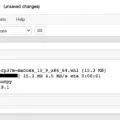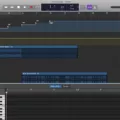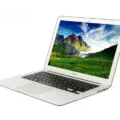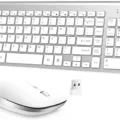Are you having trouble with disk formatting and directory structure issues on your Mac? If so, don’t worry – there is a tool to help you out: First Aid. First Aid is part of the macOS system and can be used to find and repair errors related to the formatting and directory structure of your Mac’s disk.
However, if First Aid finds any corruption on your disk, it will prompt you with a message: “First Aid found corruption that needs to be repaired. To repair the startup volume, run First Aid from Recovery.” So, what does this mean?
When running First Aid from Recovery on your Mac, means you need to reboot your system in recovery mode and try repairing the disk using Disk Utility. To do this, immediately press and hold one of these key combinations until you see the startup screen: Command-R if you want to start up from the built-in macOS Recovery System; or Option-Command-R if you want to reinstall the latest macOS version installed on your Mac.
Once in recovery mode, open Disk Utility and select your hard drive in order to repair volumes, containers, and disks. If Disk Utility can’t repair the disk as expected, then you will need to reinstall macOS instead – quit Disk Utility to return to macOS Utilities, choose Reinstall macOS, and follow the instructions on the screen until complete.
Remember that running First Aid from Recovery is just one way of fixing corrupted hard drives on Macs – there are other ways too! But if you want an easy solution that doesn’t require too much technical know-how or time investment – then this method is definitely worth a try. Good luck!
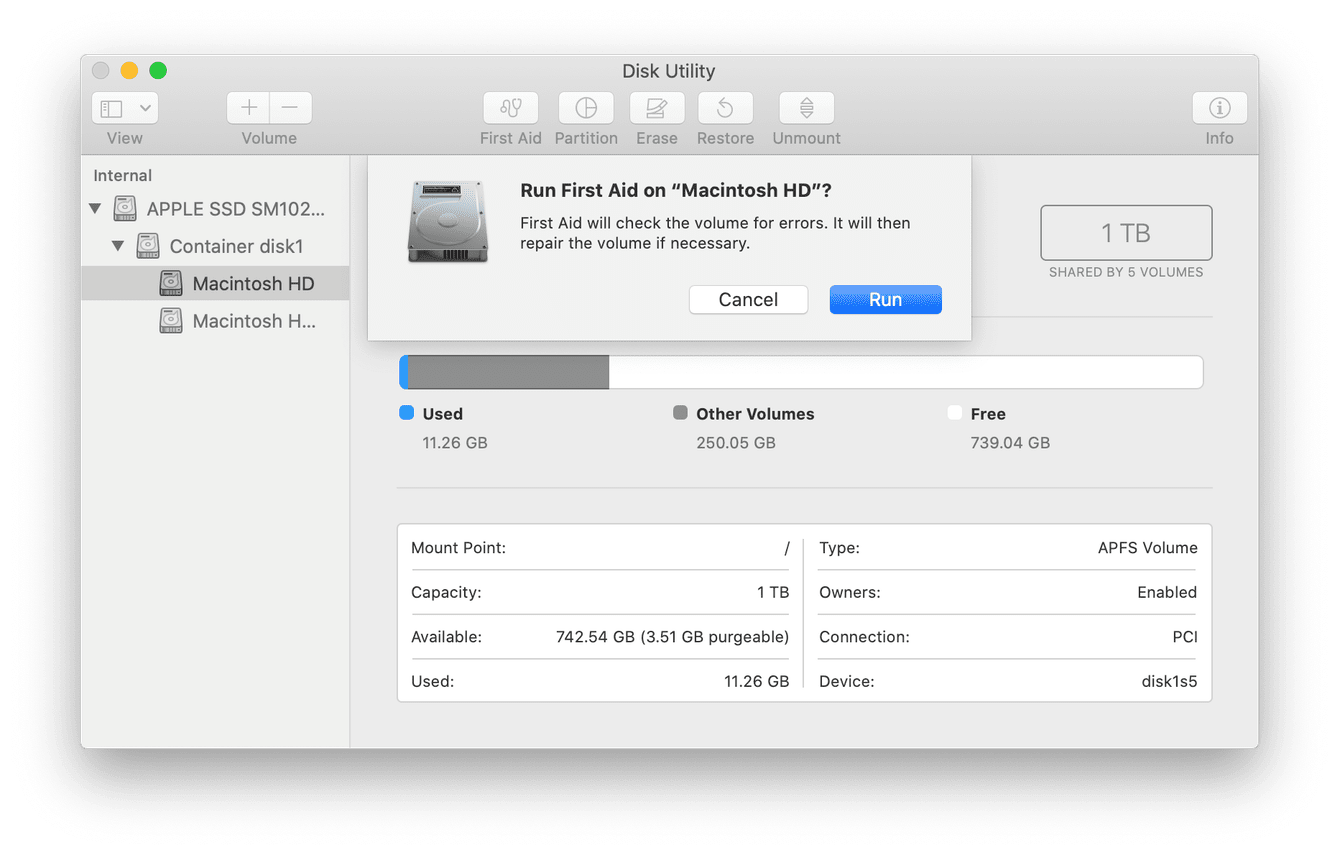
Running First Aid from Recovery on Mac
Running First Aid from Recovery on Mac means that you are using the built-in recovery tools to repair any corruption or errors found on your startup disk. This process can help fix problems related to the formatting and directory structure of your disk, such as corrupted data, missing files, and failed disk repairs. The First Aid utility will scan your disk for any issues and recommend a solution based on its findings. If necessary, you can then use the Recovery tools to repair any corruption it finds. It is important to note that running First Aid from Recovery is an advanced procedure and should only be done with caution in order to avoid further damage or loss of data.
Running a Recovery Repair on a Mac
If you need to perform a recovery repair on your Mac, you have two options. The first is to use the built-in macOS Recovery System. To do this, restart your Mac and immediately press and hold Command-R until you see the startup screen. This will boot your Mac into macOS Recovery where you can reinstall the latest macOS that was installed on your system or use other apps in macOS Recovery.
The second option is to use an external hard drive or USB drive with an up-to-date version of macOS installed on it. To do this, restart your Mac and hold down the Option key until you see the startup manager window. From here, select your external hard drive or USB drive from the list of available drives and click Continue. This will boot your Mac into the version of macOS installed on the external drive, where you can perform a recovery repair.
Fixing a Missing Startup Disk on a Mac
If your Mac’s startup disk is missing, you’ll need to repair or reinstall the operating system. To begin, restart your Mac and hold down the Command and R keys until you see the Apple logo or a spinning globe. This will boot your Mac into Recovery Mode.
Once in Recovery Mode, select Disk Utility from the macOS Utilities window. From here, you can attempt to repair the disk with Disk Utility by selecting it in the sidebar, then click First Aid. If Disk Utility is unable to repair the disk, you will need to reinstall macOS. Quit Disk Utility and choose Reinstall macOS from the macOS Utilities window. Follow the on-screen instructions to reinstall macOS.
Fixing a Corrupted Hard Drive on a Mac
If you need to fix a corrupted hard drive on your Mac, you can use the Disk Utility program that is included with the macOS operating system. To begin, launch Disk Utility from the utility folder under your Applications folder. Next, select your hard drive from the list of available devices and choose View > Show All Devices. This will allow you to see any partitions or volumes associated with your hard drive. Finally, select the corrupted disk or partition and choose Repair Disk or Repair Volume from the menu bar. This will initiate a scan of the disk and repair any errors that it finds. Once complete, you should be able to access your data again.
The Benefits of Running First Aid on a Mac
Yes, running First Aid on your Mac is a good idea. First Aid is a feature of Disk Utility that can help find and repair disk errors related to formatting, directory structure, and other related issues. It’s best to run First Aid regularly to ensure your Mac is functioning properly and avoid unexpected problems. If you experience any abnormal behavior with your Mac, running First Aid can also help identify the issue and may even be able to repair it.
Reinstalling MacOS When Startup Volume is Erased
If your Mac’s startup volume has been erased, reinstalling macOS is a relatively straightforward process. To begin, turn on your Mac and immediately press and hold the Command (?) – R keys. This will bring you to the macOS Utilities window. Once there, select “Reinstall macOS” from the list of options. You will then be prompted to follow a few on-screen steps to complete the reinstallation process. This includes selecting your desired language, choosing a network connection if necessary, and agreeing to Apple’s terms and conditions. Once all these steps are completed, you should have a fully functioning version of macOS back up and running again!
Restoring a Mac Without a Recovery Partition
If your Mac is missing a Recovery partition, then you may be able to restore it by resetting your PRAM. To do this, restart your Mac while holding down the ‘Command+Option+P+R’ keys until you hear macOS’ distinctive startup chimes for a second time. This will reset the PRAM settings and may restore the Recovery partition. If not, then you may need to create an external bootable drive or use Internet Recovery to reinstall macOS. To create an external bootable drive, you’ll need a USB drive or an external hard drive that’s 8GB or larger and has been formatted for Macs. Then open Disk Utility (found in Applications > Utilities) and select the USB drive in the sidebar. Click on Erase, choose Mac OS Extended (Journaled) from the Format drop-down menu, give it a name, and click Erase. When it’s done erasing, quit Disk Utility and open Finder. Select ‘Applications’ in the left sidebar of Finder and locate your copy of macOS (usually labeled ‘Install macOS [name]’). Drag it onto the USB drive icon in the sidebar of Finder and wait for it to finish copying all of its contents over. Finally, restart your Mac while holding down the Option key to access Startup Manager, select your USB drive with macOS installed on it from the list of available drives, and follow any on-screen instructions to finish setting up your Mac.
Recovering Data from a Corrupted Hard Drive
Yes, you can uncorrupt a hard drive using the CHKDSK command. This command scans and repairs any issues that may be causing corruption on the drive. When running CHKDSK, use the /f and /r attributes to help fix any corruption that is present. It is important to note that this command may take some time to complete depending on the size of the drive. Additionally, it is recommended to save any important data before attempting this command as it may result in data loss.
How to Uncorrupt a Hard Drive
Uncorrupting a hard drive is a process of restoring it to its normal, healthy state. To do this, you will need to run an Error Checking utility. This can be done by going to Computer/This PC >> Select Hard Drive >> Choose Properties. Then select Tools >> Error checking >> Check now >> Check local disk >> Start. Once the error-checking process has been initiated, you should shut down all open and running programs and wait for the system to check up on the next boot. After this is done, restart your computer and see if any errors have been fixed. If the issue persists, then you may need to consider using third-party software solutions or seek professional help.
Conclusion
In conclusion, First Aid is a powerful tool that can help you repair and maintain the formatting and directory structure of your Mac’s disk. It is important to note that if First Aid finds any corruption on your disk, it will prompt you to run First Aid from Recovery in order to repair the startup volume. If Disk Utility cannot repair the disk, you will need to reinstall macOS in order for the issue to be fully resolved.



